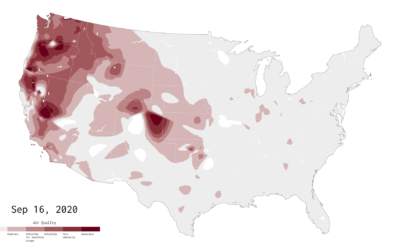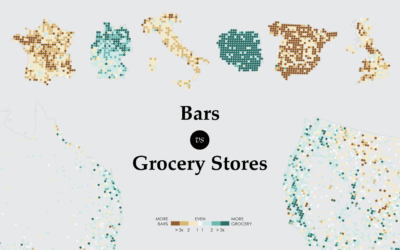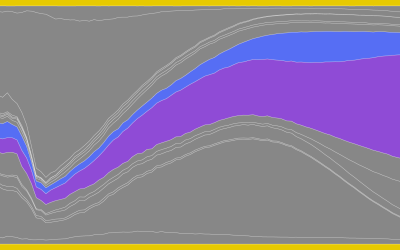Shifting Incomes for Young People
Millennials’ income and baby boomers’ income. The story goes like so: The Millennial generation makes less now than the baby boomers did back when they were the same age as the Millennials, based on median personal income. I keep seeing the comparison pop up, but median says so little about the earnings of both generations.
So I grabbed the most recent annual data (2016) from the Current Population Survey and looked back fifty years to 1966. I split it up by people with a bachelor’s or higher and those with no bachelor’s degree.
We’re mainly interested in the top section for 18- to 34-year-olds, but I include 35 and older for reference.
Now imagine you have about 100 people from each group. Here are their incomes.
The median incomes for the younger groups are lower in 2016 than in 1966, as expected. The change is most noticeable for those without a bachelor’s degree. You can see the significant shifts left to right.
The differences for the other groups are much more subtle. For example, it’s interesting to see the median income for young people with college degrees decrease between 1966 and 2016, but the distribution seems to stretch out a bit. In contrast, the median increases for the older group with degrees, but distribution appears to shift towards lower incomes.
 Shifting Incomes for American Jobs
Shifting Incomes for American Jobs
Now see how income has changed by occupation over the years.
 Make a Moving Bubbles Chart to Show Clustering and Distributions
Make a Moving Bubbles Chart to Show Clustering and Distributions
Here’s how to make a chart similar to this one.
Notes
- The data comes from the Current Population Survey, but I used the IPUMS CPS extraction tool to download.
- Places with no dots doesn’t necessarily mean no one made the corresponding income. It’s more likely that a relative small proportion of people fell within the range.
Become a member. Support an independent site. Make great charts.
See What You Get





